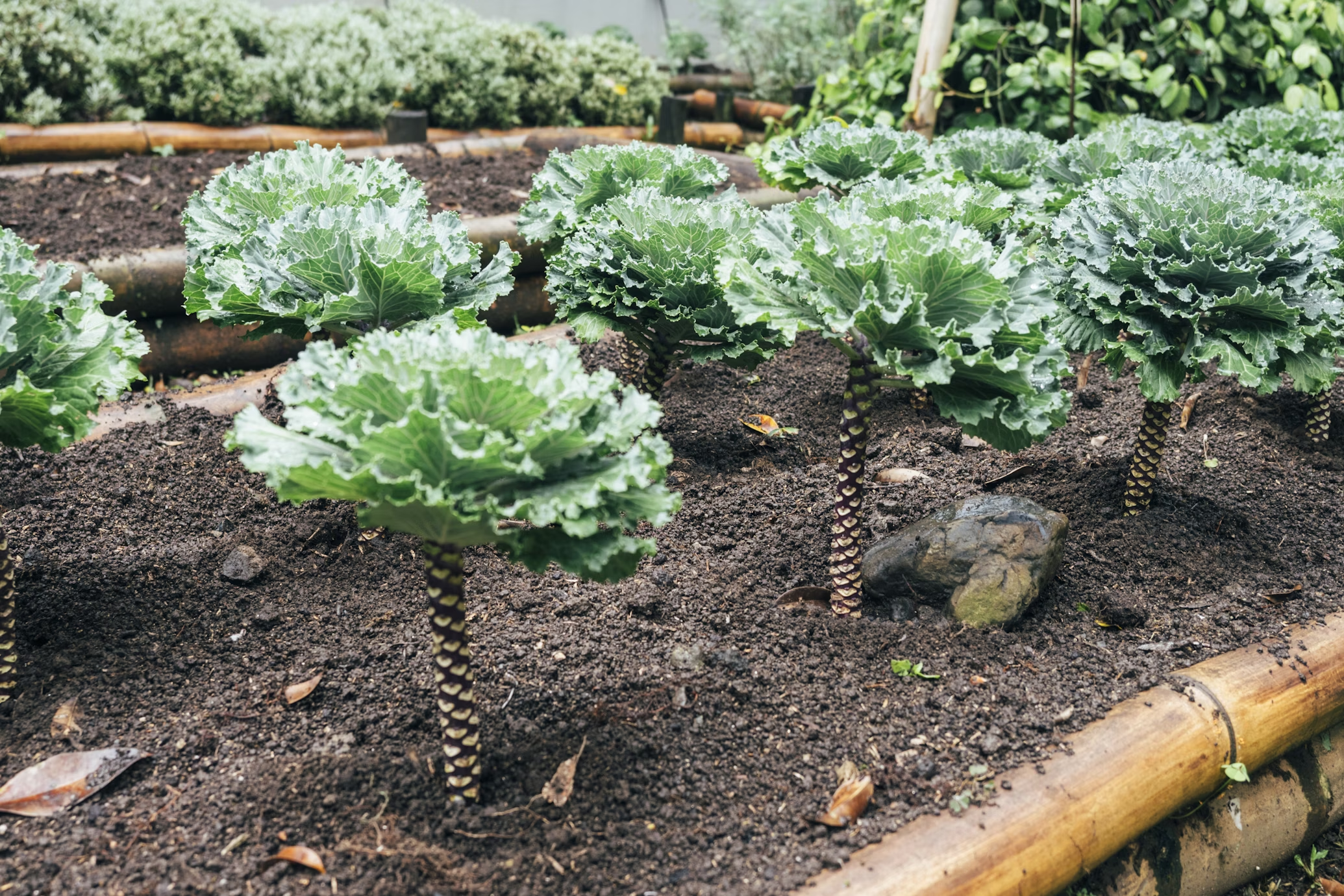
When it comes to makeup, there is a common misconception that we have to spend a whole BUCKET load of cash to look fabulous. However, this is not the case, and in fact, there are many ways to look amazing fall season without splashing the cash. Today we are going to take a look at how you can save some money, look great, and save your hard-earned dollars on Zoom-ready makeup this coming season.
Focus on skincare
The skin is the largest organ in the body, and it is susceptible to a lot of problems. If you want to look amazing all year long, you need to look after the skin first. The better your skin looks, the less coverage you will need to apply, and therefore the less money you will spend on products. Making organic skincare products, like Amanda Jo Organic Bunny products, is the necessary foundation for achieving your best, natural makeup looks this season at home.

Image Source
Use concealer as an eyeshadow primer
Most of the big beauty influencers out there tend to use products that in real life are unnecessary. The biggest culprit for this is the eyeshadow primer. This product is one that admittedly can be useful for looks involving a lot of shadows, however, concealer will have the same effect and will allow eyeshadow to stick to your lid. So the next time you want to create a smoky eye, add some extra concealer to your lids!
Dab, don’t swipe
If you are looking to save money on your everyday beauty routine, a useful trick is to dab the foundation onto the skin instead of swiping. Whether you use a brush or a beauty blender, when you swipe foundation into the skin you’ll lose a lot of the product along the way, therefore needing to use more. Dabbing foundation into the skin takes a bit more time, but it allows you to use fewer products and gain flawless coverage.
Use highlighter as eyeshadow
Eyeshadow can be an expensive makeup product, and if you buy a whole palette only to use 2-3 colors in your routine, it is a huge waste of money. This is why instead of forking out on expensive eyeshadow palettes, you can instead use highlighter and contour to create a natural look. Use contour in the crease to create a natural shadow, and then use a highlighter on the lid for a pop of brightness.
Mix foundation and moisturizer
The foundation is a difficult product to source, and if you always have problems finding the best shade for you, it is no surprise that you want to keep your foundation for as long as you can. One great way to gain light coverage and look after the skin is to mix your foundation with some moisturizer before applying. The moisturizer will allow for easy spread of product and as a result, it will allow you to use less product overall.
Use clever dupes
W7 is a great example of a beauty brand that dupes expensive makeup. Their eyeshadow palettes are the perfect copy of Urban Decay palettes for a fraction of the price. As well as this, there are many sites online that sell cheaper beauty products such as this brush or Primark makeup. You can find a surprising selection of no-name products that work just as well as the known brands.

































